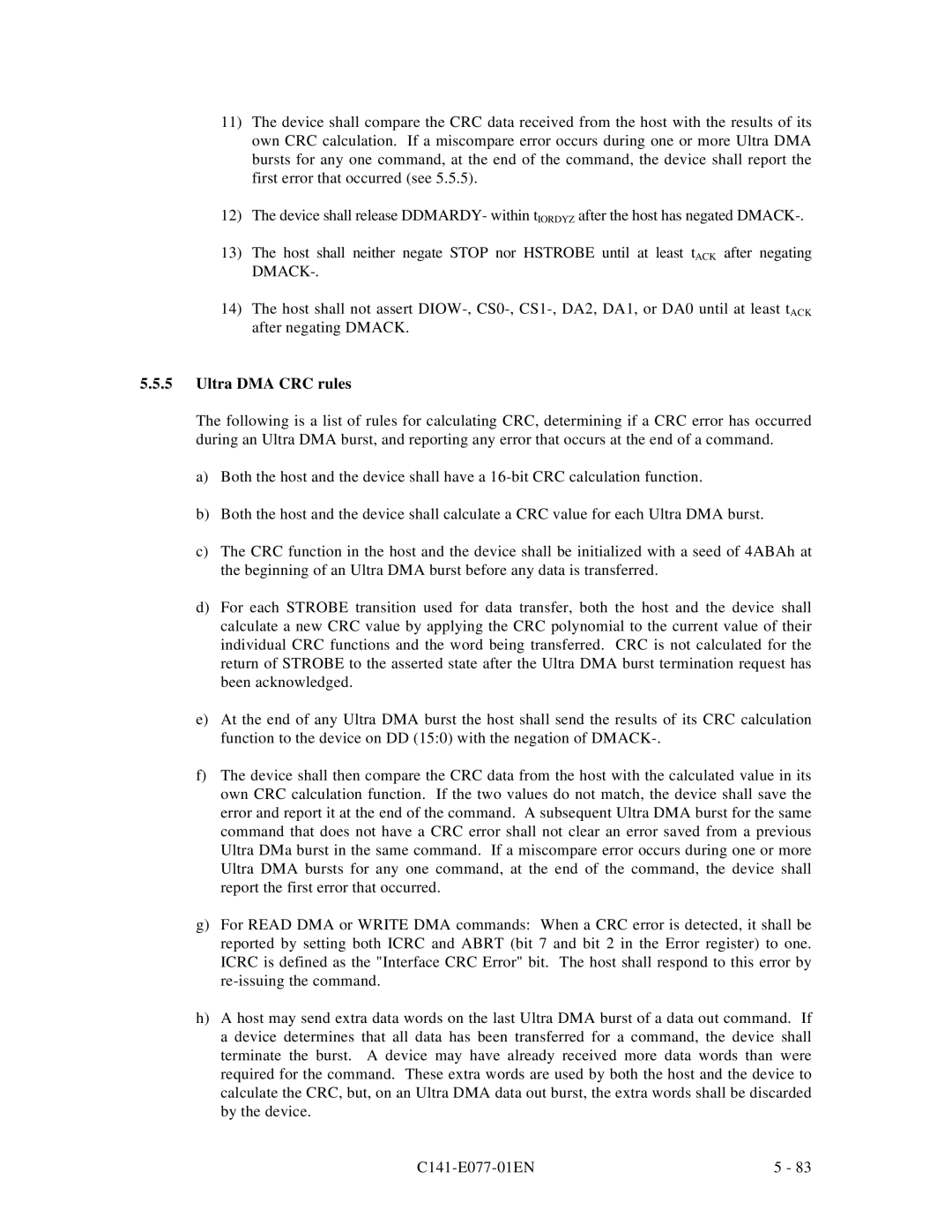MPE3XXXAT specifications
The Fujitsu MPE3XXXAT series is a robust line of hard disk drives (HDDs) known for their reliability, performance, and advanced technology. Designed primarily for enterprise storage solutions, these drives cater to high-demand environments such as data centers, servers, and workstations. With capacities ranging from hundreds of gigabytes to several terabytes, the MPE3XXXAT series offers scalable storage options to accommodate a variety of applications.One of the standout features of the MPE3XXXAT series is its high rotational speed. With most models operating at 7200 RPM, these drives ensure faster data access and improved read/write performance. This speed makes them ideal for applications requiring quick data retrieval, such as database management and data-intensive workloads. Furthermore, the series utilizes a Serial ATA (SATA) interface, which facilitates seamless connectivity and compatibility with a wide range of systems.
The Fujitsu MPE3XXXAT series is built with advanced technologies that enhance durability and longevity. Notably, the drives incorporate advanced error correction algorithms and vibration resistance features, which are crucial for maintaining data integrity over time. This is particularly important in multi-drive environments where vibrations from one drive can affect the performance of others. The drives are also designed with low power consumption in mind, contributing to energy savings without compromising performance.
In terms of data security, the MPE3XXXAT series supports various security features that protect against unauthorized access. These include ATA security features that enable password protection and robust encryption to safeguard sensitive information from potential breaches. This aspect is particularly significant for enterprises that handle confidential data and require stringent security measures.
The operational temperature range of the MPE3XXXAT drives is optimized for demanding environments, allowing them to function effectively in a variety of conditions. Their reliability is backed by an impressive Mean Time Between Failures (MTBF), which signifies their resilience and the manufacturer's commitment to quality.
Overall, the Fujitsu MPE3XXXAT series stands out as a reliable choice for enterprise storage needs. With its blend of high speed, capacity, durability, and security features, it addresses the challenges faced by modern data centers and businesses that require efficient data management solutions. Whether for backup, archival, or active data storage, the MPE3XXXAT series is designed to deliver consistent performance and peace of mind for users.
